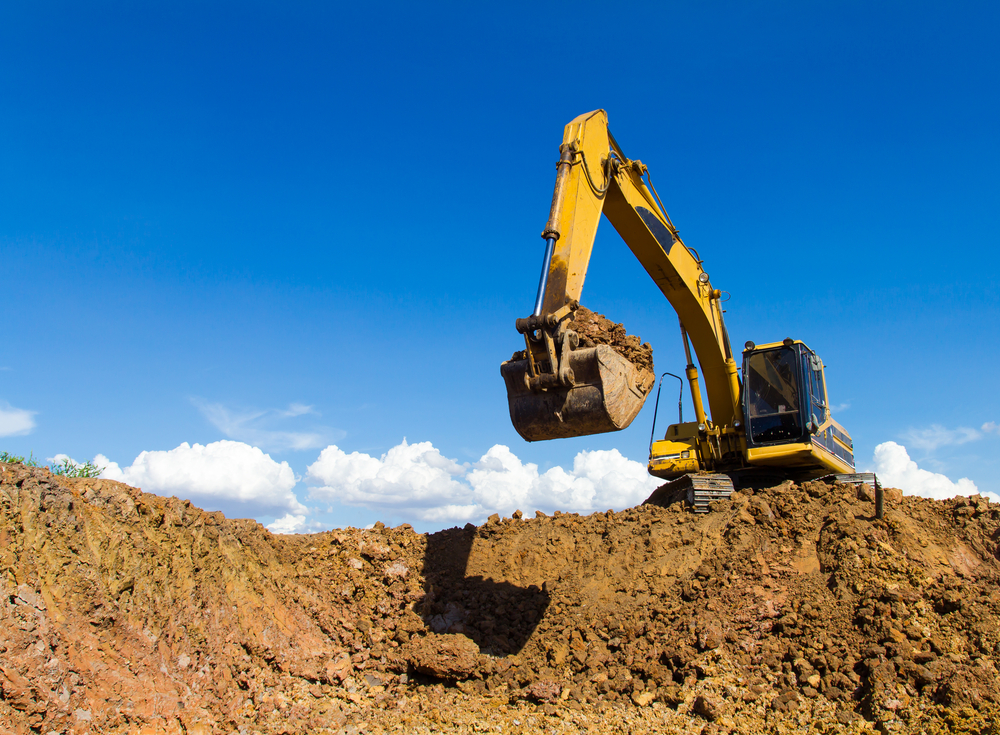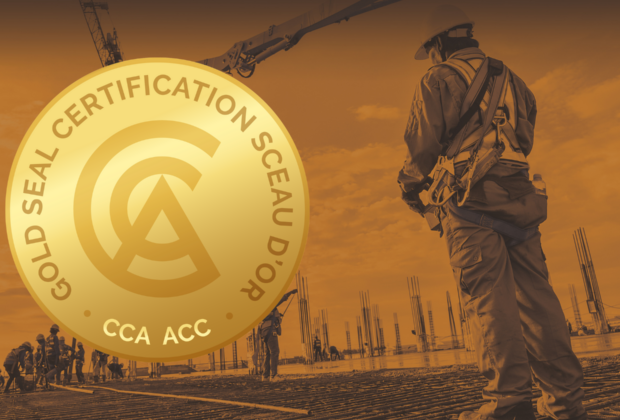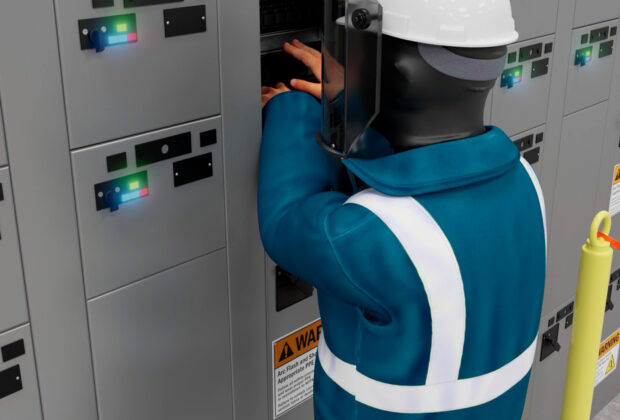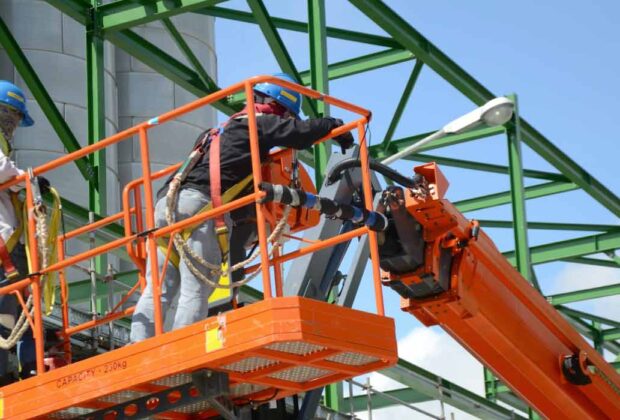Damage to underground facilities related to ground disturbance is a crucial issue in Canada. Underground facilities are essential to our everyday lives; most areas in Canada rely on them to supply our power, water, waste management, and more. A disruption to these services can be devastating for the workers that are responsible for maintaining them, surrounding residential communities and businesses, and the overall infrastructure of a city or town.
A worker that deals with ground disturbance activities daily in Canada should be fully aware of the risks that come with digging carelessly, but like all Incidents, nobody sets out to cause one. Every year, the DIRT (Damage Information Reporting Tool) report is released by the Canadian Common Ground Alliance (CCGA) along with its regional partners that outlines the latest statistics for ground disturbance damages in Canada. The damages included in the DIRT document are ones that were reported to the CCGA voluntarily, so the data doesn’t include all the possible ground disturbance Incidents that have taken place in Canada. However, every year, the data shows thousands of ground disturbance Incidents causing minor to serious injuries and over an estimated one billion dollars lost.
April has been officially designated as Dig Safe Month across Canada to help raise awareness of the importance of safe digging habits for all industries.
According to the 2019 DIRT report, excavation issues were the leading cause of ground disturbance Incidents in 2018, a trend that we’ve seen mentioned in previous years’ DIRT reports as well. The CCGA cites that increased education and awareness of best practices to the digging community are effective methods to reduce the damages to underground infrastructure caused by improper excavation. To help further this goal, we’ve compiled some common questions and answers that can be used as a resource for those in the digging community and beyond.
What is the lifespan of a locate ticket?
Most provinces and territories in Canada have a general expiry date of 30 days for utility locate tickets. However, some utilities, like high-pressure lines and pipelines may have a shorter validity timeline for locate tickets before you have to get them refreshed (typically 14 days, but the timeline could vary based on location and utility type). Generally, at least a few days advance notice is required when submitting a locate request before the locate work is completed at the required location and digging can safely start. The best way to determine the current timeline requirements for both locate requests and eligibility of locate tickets is to visit clickbeforeyoudig.com and select your area for more information.
What is the ground disturbance damage prevention process?
The CCGA developed a set of best practices via a committee of experts with the aim of helping to promote damage prevention to underground facilities in Canada. This guide, while not meant to replace existing standards, policies, or provincial/federal regulations or laws, goes through best practices for underground infrastructure from planning and design, locating and marking, excavation, mapping, public education, and reporting and evaluation. Basically, every step of underground infrastructure is covered in an effort to enforce the CCGA’s mission, which is to “enhance public safety and increate the integrity and reliability of Canada’s underground infrastructure.”
The Alberta Common Ground Alliance (ABCGA) created a damage prevention to underground facilities best practices document as well. This document shares a similar purpose to the CCGA one, once again the main point focusing on damage prevention to underground facilities. But it’s not just about facility damage, it’s about preventing the consequences that come with it. Here are some examples that they list in the document:
- Loss of life
- Personal injury
- Environmental contamination
- Evacuation of residential areas
- Explosion, fire, flood, or toxic gas escape
- Disruption of essential services
- Inconvenience to the public
- Third party property damage
- Damage to construction equipment
To make the process of identifying how stakeholders work with each other in the damage prevention process, the ABCGA developed a graphic that helps explain the relationship between these stakeholders, as seen here:

The Damage Prevention Process. Source: ABCGA “The Damage Prevention Process In Alberta” document, issue 6.4, Oct. 21, 2019
Who is responsible for providing locates for private buried facilities?
The CCGA’s best practices document talks about a ground disturbance notification service, which is otherwise known as “click or call before you dig” due to marketing efforts. Generally, even when a layman hears the aforementioned phrase, they understand that it means they should call or click for more information and to make a locate request before they dig anywhere on the property.
This still applies to privately owned facilities. Ideally, a privately-owned facility would have their underground utilities registered with their provincial or territorial one-call organization to make locate requests easier for everyone involved, but that isn’t always the case. Regardless, it is the person who is doing the ground disturbance work’s responsibility to notify the facility owner that they may have buried facilities in the area where they plan to dig. This is always done via locate request, which is usually done on clickbeforeyoudig.com. For instance, in the ABCGA’s Damage Prevention document, they outline the responsibilities of facility operators pretty clearly:
- When the facility owner receives the locate request, they can determine if the ground disturbance work will affect their facilities or not, by either completing the locate request or letting the ground disturber know that they can safely dig.
- The facility owner can make arrangements with the ground disturber in terms of timelines for locate requests.
The ABCGA’s document also provides good advice to the ground disturber, which is to get confirmation in writing from the facility owner if they tell the ground disturber that no locate is required.
Preventing Damage to Buried Facilities
By raising awareness on why it’s so important to prevent damage to underground facilities, we can keep workers, communities, and businesses safer. Damaging underground facilities causes devasting financial effects, but more importantly it can cause severe injuries or even death for workers and anyone who happens to be in the affected areas when damage occurs. The goal is to stop the cascading negative effects that this damage can have to people and communities by making sure that all stakeholders have the information and education they need to keep everyone safe.
Get Ground Disturbance Training
If you or your workers need training, Danatec offers comprehensive ground disturbance courses from awareness training, to supervisory level training endorsed to 201 ABCGA and BCCGA standards.




Comments are closed.